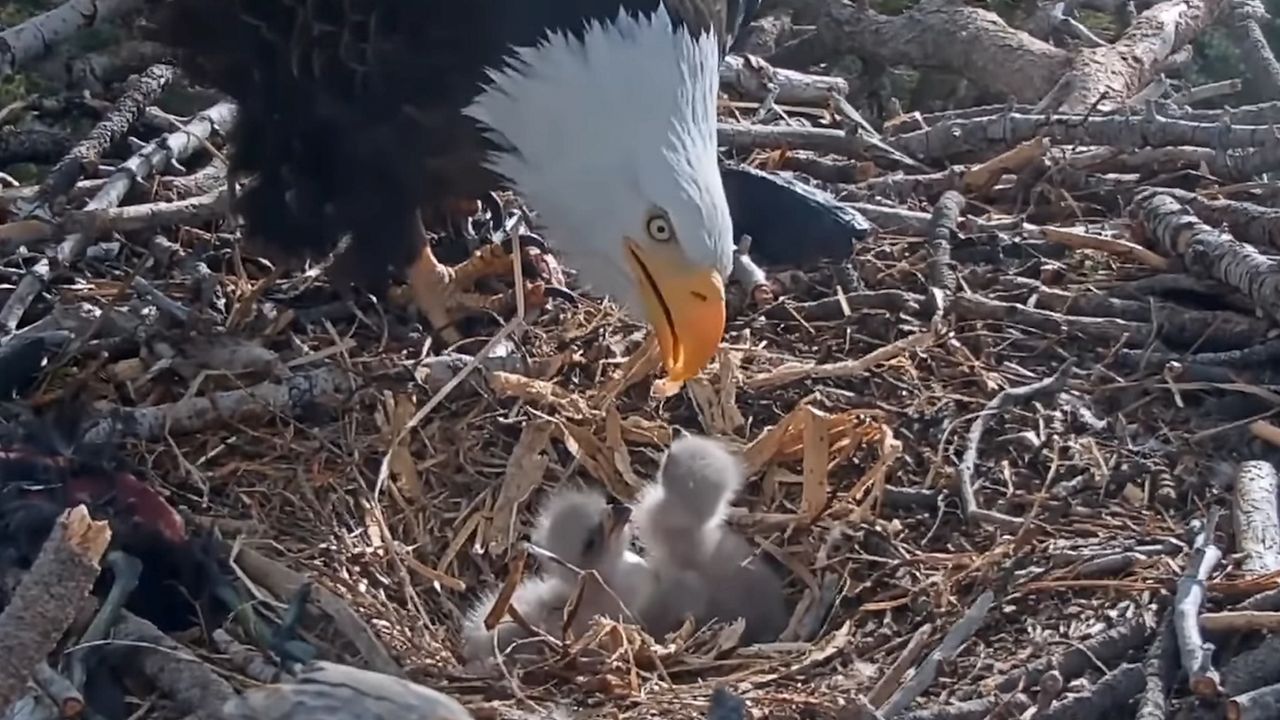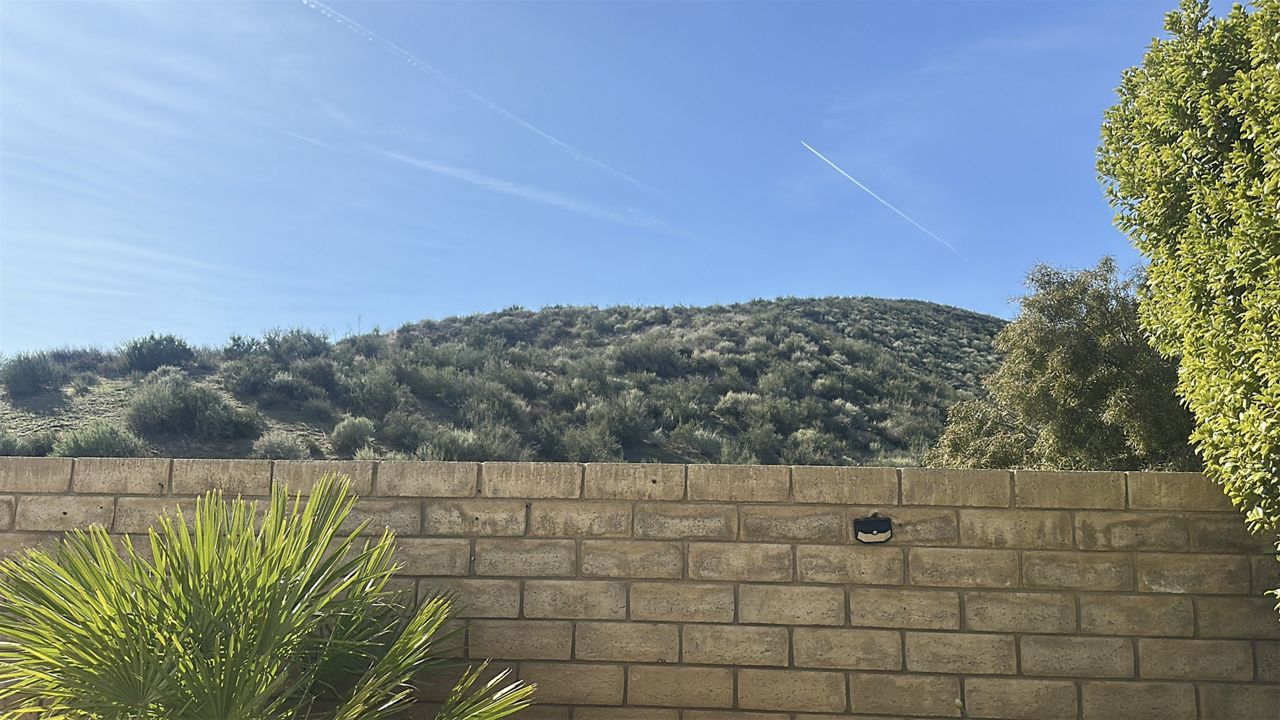LOS ANGELES — As Americans continue to focus on the Coronavirus, mosquito experts want locals to be cognizant of another virus moving back into Los Angeles: West Nile.
Studies show that a mosquito is the deadliest animal in the world in terms of how many humans it kills every year.
What You Need To Know
- Mosquito experts want locals to be cognizant of West Nile moving back into LA
- Studies show that a mosquito is the deadliest animal in the world, in terms of how many humans it kills every year
- So far, the Vector Control District said 164 mosquitoes have tested positive with West Nile in the Greater Los Angeles area
- The Greater Los Angeles Vector Control District (GLAVCD) technicians answer calls for problem areas and educate communities on how to eliminate sources
The Greater Los Angeles Vector Control District (GLAVCD) technicians answer calls for problem areas and educate communities on how to eliminate sources.
Ryan Rothenwander is a GLAVCD specialist who explained how an abandoned driveway full of junk can became the perfect breeding ground for mosquitoes.
"These buckets and containers that, when it rains, water will get stuck inside there, and as it warms up again the mosquitoes lay their eggs on the inside of the container and they start breeding like crazy," Rothenwander explained.
The house is one of about 50 the Rothenwander consistently checks, in addition to answering calls from residents who can’t find the source of their mosquito problems.
"It’s usually in a bucket or a wheelbarrow or something left out a little too long," he said.
Even small bits of water in plants left standing for longer than five days can be the culprit, but pools that aren’t maintained are the main source of most major mosquito issues GLAVCD is called to treat.
It’s an issue that can become more deadly than one might think. Studies show 725,000 people, annually, succumb to diseases transmitted by mosquitoes like Zika and West Nile virus.
Other major mosquito breeding sites are marshes like the Haines-Canyon Channel which leads to the Tujunga Wash. It's adjacent to about 100 homes.
"We try to stay really on top of something like this and this [water] comes from washing your car or watering your lawn or anything like that," Rothenwander showed. "Large discharges of water, someone pumps a pool out into the gutter, the gutter ends up here, essentially.”
Mosquitoes get West Nile virus by feeding on an infected bird, but GLAVCD Ecologist Steven Vetrone said we typically only see cases in humans every three to five years because of herd immunity.
"As those immune birds tend to die off and they’re replaced by a naive population, then we start to see human infection again,” Vetrone explained.
So far, the Vector Control District said 164 mosquitoes have tested positive with West Nile in the Greater Los Angeles area. Those mosquitoes infected 10 people in the last several weeks alone, and 15 in 2020. That number is already more than half of the total human infections in all of 2019, according to the Los Angeles County Public Health Department.
"We probably will start to see the amount of West Nile virus activity increase," said Vetrone. "This is when we need to be much more vigilant.”
Studio City is one of three cities with the highest rate, and specialists are trying a new strategy by using the wind to spray a neighborhood with B.T.L.
It's a bacteria that specifically targets and only affects mosquito larvae.
“We’re trying to float this material into the backyards and fall into the sources that I was talking about earlier," said Rothenwander. "So that way, when it lands inside those sources, it’s going to take care of those mosquito populations for us as opposed to boots on the ground growing through every yard.”
Those boots are busy on routes to stop mosquitoes in their tracks.
According to the CDC, eight out of 10 people infected with West Nile virus do not develop any symptoms. One in five develop flu-like symptoms, and about one in 150 become severely ill.











